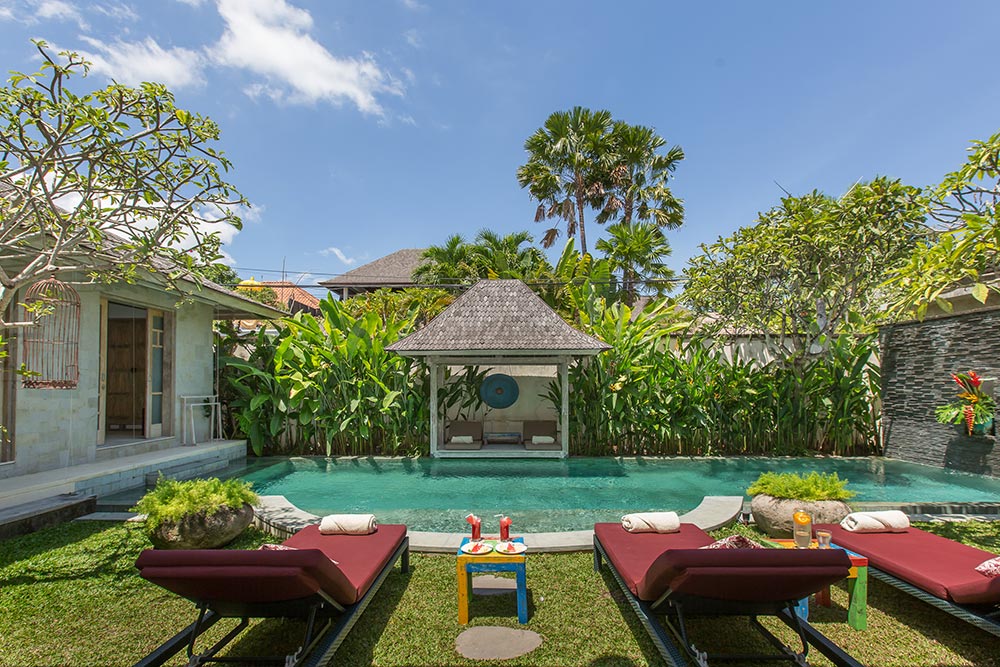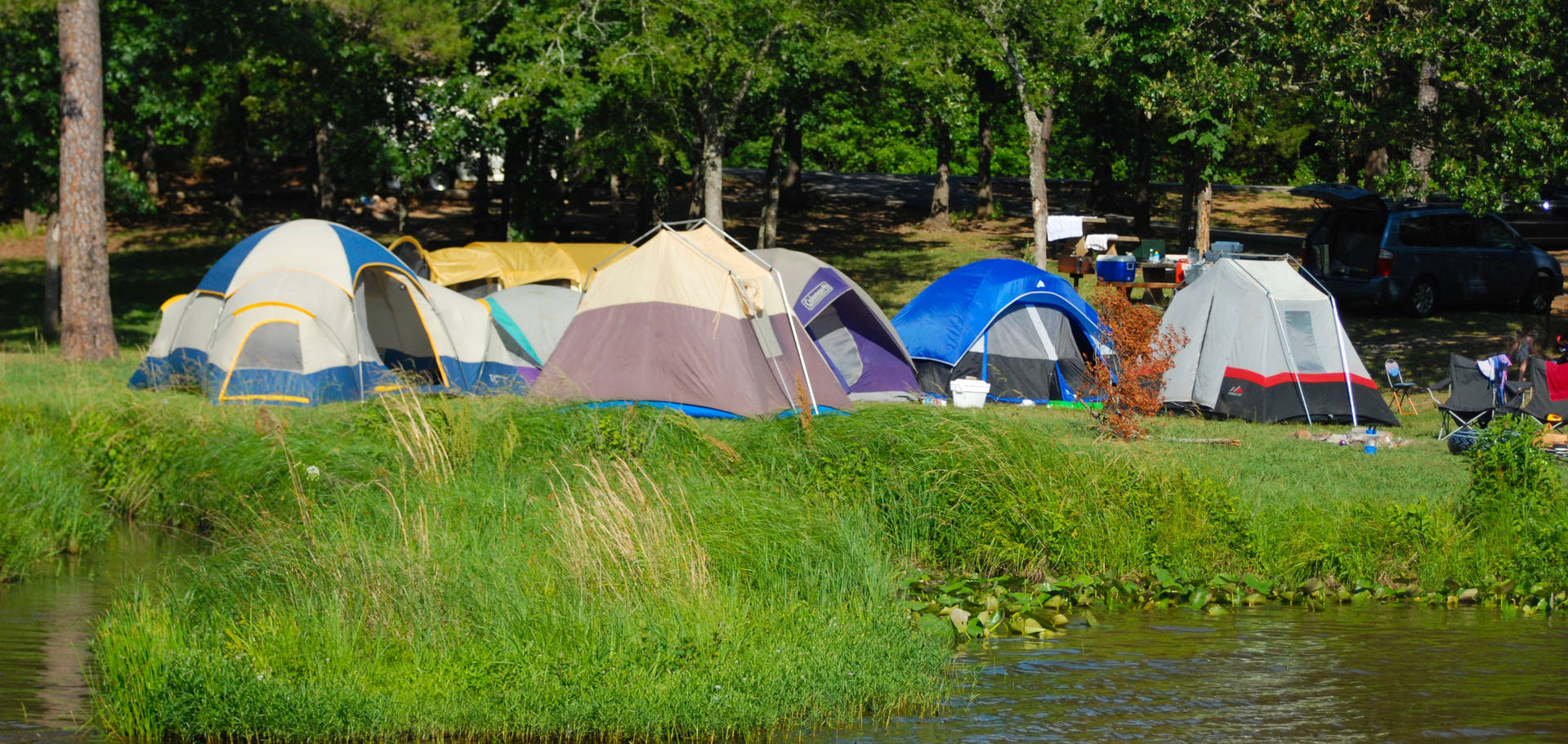There are many different ways to style your backyard in the Japanese style. Traditional Japanese gardens include waterfalls, bridges, pavilions, and natural elements. You can incorporate these elements into your own backyard with a few simple ideas. Waterfalls are a very important element in a Japanese garden.
Waterfalls are a key element in traditional Japanese gardens
Waterfalls are one of the most important elements of a traditional Japanese garden. Located at the centre of many traditional Japanese gardens, they are symbolic of rivers, mountains, and islands. These water elements also add color to the garden and often contain koi or carp. The ponds and waterfalls themselves are often surrounded by raked gravel and sand, as well as upright stones. In addition, islands are an important component of traditional Japanese gardens and often represent religious or historical significance.
Waterfalls in Japanese gardens can take on many different forms. Some waterfalls are actual sources of water, while others are simply dry cascades that suggest the fall of water. The ancient Japanese thought that waterfalls were sacred and held spiritual significance. In addition to being a natural element in the Japanese garden, waterfalls are also an important symbol in Buddhism and Shintoism. For example, at the Seattle Japanese Garden, waterfalls combine moss-covered rocks with plants to create a beautiful scene.
Waterfalls can also be small or large, a waterfall in a pond or a waterfall in a mountain stream. The Sakuteiki suggests different styles, including waterfalls with broad and thin streams, symmetrical waterfalls, a mountain torrent, or even a cascade with multiple branches. Traditional Japanese gardens usually have small islands in their lakes or rivers. They represent Mount Horai, the legendary home of the Eight Immortals.
We asked Billy from Garden Landscaping Geelong what his best tip is.
“Besides the traditional pond, Japanese gardens usually have a stream that runs through them. Waterfalls not only make the stream seem more beautiful but also create a soothing sound. In some cases, a waterfall can be as simple as an electric water feature or an elaborate stone creation.”
Bridges
One way to create a Japanese garden is by constructing a Japanese bridge in your backyard. You can build a bridge in any area of your garden but it is best to put it over a creek or valley. The bridge should be five inches longer than the width of the creek or valley and should be arched. When building the bridge, you can use a jigsaw or a circular saw to cut out the wood at the desired angle.
A wooden garden bridge is a great choice for a Japanese garden. It has a simple, yet functional design. The arched design is both attractive and practical. It helps distribute the weight and takes the strain off the ends of the bridge. The shape and size of the bridge should complement the style and theme of your garden.
Japanese gardens are full of bridges. They make it easy for people to walk between areas, and they also serve as a spiritual portal. These bridges are usually made from various materials and can range from small to large. The most famous type of Japanese garden bridge is the red archway. Red represents wisdom in Japanese culture and encourages people to live a life that is not dependent on material possessions.
There are many ways to create a Japanese garden bridge. Some bridges are made of stone, which works well in a Japanese garden. A stone bridge can be made of large blocks of stone or flat river stones. The supports can be made of stone or steel. If you don’t have the time or budget to hire a professional, you can build your own bridge.
Pavillions
Pavillions can transform an ordinary backyard into a tropical oasis. With tropical plants, you can create the perfect tropical atmosphere even in northern climates. You can also select furniture made of warm wood and tropical cushions. If you want to add a contemporary twist to your tropical pavilion, try using color blocking.
A Japanese pavilion can be a striking feature in your backyard. It is often designed to be a peaceful retreat and is often used as an outdoor temple. You can also incorporate a gazebo or teahouse made of wood or bamboo. You can also add bonsai trees in the area to celebrate Japanese culture.
Adding natural elements
Adding natural elements to your backyard like o a Japanese garden can make the space feel more tranquil and relaxing. This style incorporates a variety of plants and other natural elements, including moss and ferns. You can also plant small evergreen trees on the edges of your yard for additional interest.
Traditional Japanese gardens combine plants, water, and rocks to create an atmosphere of elegance and tranquility. The placement and composition of rocks play an important role in this style. The inclusion of beautiful bridges and stone lanterns also contributes to the beauty of the space. Adding natural elements to your backyard like a Japanese garden can be a simple, cost-effective way to create a tranquil and relaxing space.
The aesthetics of a Japanese garden depend on the subtle differences in colour and texture. For example, conifers offer soothing shades of green and echo the pagoda’s pyramidal shape. Low-spreading branches also help frame the pagoda, giving the space a sense of depth and calm.
Japanese gardens are known for their asymmetrical design. You can create a Japanese garden in a small space or a large outdoor area. These gardens are a beautiful and relaxing retreat, and you can include them in a landscape or even a small room. Many Japanese gardens are designed to be admired from within the home with an arch or picture window.
Incorporating water features into your garden is a great way to create a Japanese-style backyard. These designs can include ponds, small waterfalls, and streams. These features are designed to be peaceful, so water and stone should be in balance.
Plants
When styling a Japanese garden, there are a few essential plants to include. Most Japanese gardens focus on greenery, which can help create a feeling of rest and calm. If you’d like to create your own Japanese garden, you can grow Japanese natives or choose plants from other countries.
Hydrangeas are a popular plant choice for Japanese gardens. Macrophylla hydrangeas have beautiful blooms that change colour depending on the acidity of the soil. The best time to plant them is in mild climates with lots of rainfall. However, if you’d prefer a hardier plant, you can try paniculata hydrangeas, which can withstand harsher weather conditions than the big leaf varieties.
Japanese gardens are usually full of water, and water features are a vital part of traditional design. Ponds can be large affairs or simple, sunken troughs. You can also build an island or a rock garden in the garden. Islands don’t have to be elaborate landscaping installations, but they can add a unique look to your garden.
Bamboo is another great plant to include in your Japanese garden. This fast-growing perennial provides privacy and structure. It’s widely used in Japanese gardens for its durability and pliable foliage. It can also be used as a water spout, handrails, and supports. Another important plant is Japanese forest grass. This type of grass can add a touch of color and texture to your garden, and looks great with ferns.
The main goal of the Japanese garden is to create a peaceful, serene environment for visitors. While the plants and other elements of a Japanese garden are diverse, they are chosen for their ability to retain their beauty year-round. Unlike western gardens, which aim for geometric shapes and straight lines, Japanese gardens focus on using contrasting materials to create visual textures and create a harmonious environment.


